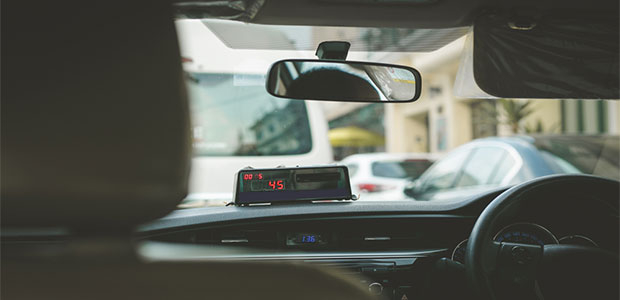
Safety Tips for Taxi Drivers: How to Prevent Robbery and Violence
Driving a taxi comes with some serious risks, and many drivers experience some form of assault or robbery on the job. NIOSH provides these tips on how to stay safe as a professional driver.
Driving a taxi can be a hazardous job—taxi drivers experience assault, robbery, and other forms of violence every day. Violence is often a leading cause of taxi driver deaths, along with motor vehicle crashes.
NIOSH has outlined a few helpful tips for taxi drivers to stay safe on the job. Recommendations mostly explain how to best interact with people in various situations. Workplace violence is a main concern for the occupational safety and health industry, and taxi driver safety is most definitely within this realm.
NIOSH’s Fast Facts sheet for taxi drivers recommends strategies for taxi drivers to prevent or reduce the likelihood of violence during a shift. You can reduce risk—here’s how.
Visibility
Greater visibility into your taxi can help reduce risk of violence. Keep the taxi in well-lit, highly visible areas when not movie. Do not tint windows enough so people cannot see it. Keep windows clean and free from unneeded signs or postings.
Dealing with Cash
The less cash you have in your taxi, the less likely you are to be robbed. Minimize cash on hand by making deposits as often as possible. Where feasible, use cashless systems to limit the amount of cash on hand. Post decals stating drivers have limited cash on hand on the passenger doors or windows.
Operating the Taxi
Ask your cab company to equip your taxi with safety measures. For example, install and maintain security cameras and post decals showing the taxi has cameras on the passenger windows or doors. Install and use a silent alarm or bullet-resistant barriers. Use personal and vehicle tracking devices, such as global positioning systems (GPS), so you can be located if you need help. Check in regularly with a dispatcher or another driver, and practice emergency communication systems with dispatchers or other drivers.
Dealing with Customers
While some customers might be aggressive or use provocative language, it’s best to not engage if possible. Ask your cab company to provide safety training on how to recognize, avoid, or calm potentially violent situations.
Some simple tips to follow:
- Do not chase after fare evaders.
- Do not resist a robbery. Let robbers take your money.
- Do not accept passengers who cannot provide a destination.
- Notify a dispatcher or another driver immediately 1) when picking up a passenger; 2) if passengers change destinations once they’re in the taxi; or 3) if driving to certain areas feels potentially unsafe.
The taxi driving profession unfortunately sees a high rate of workplace violence. NIOSH’s Fast Facts sheet for taxi drivers aims to reduce these risks and keep taxi drivers safe from assault, robbery, and violence.